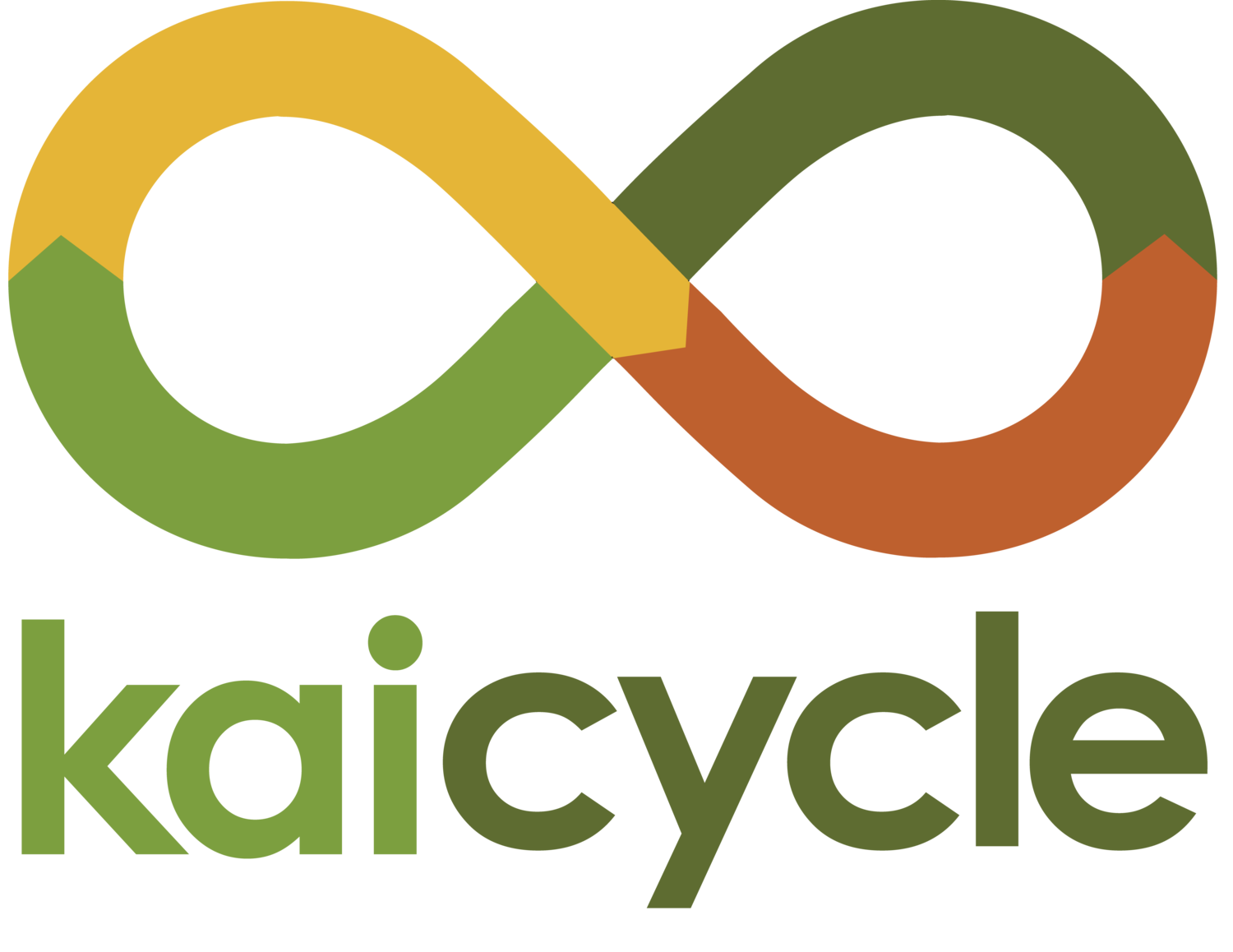Regenerative farming
At Kaicycle, our vision is to see a region where local, diverse, circular food systems which honour Te Tiriti o Waitangi are the norm, and where growing and composting is alive in every suburb.
One of the foundations of Kaicycle Urban Farm is to promote regenerative farming and local kai security in the heart of Aotearoa’s capital city. We’re commited to honouring Te Tiriti o Waitangi and have embarked on the journey of becoming certified under the Hua Parakore Framework (faciliated by Te Waka Kai Ora, the National Māori Organics Authority of Aotearoa). As a primarily tauiwi organisation, it is a huge privilege to be able to participate in this kaupapa. We hope to complete this verification by Matariki 2026.
There are many different ways to practice regenerative growing, for us this looks like:
Value and care for Papatūānuku
Our approach is to work in harmony with nature, respecting the whenua and caring for Papatūānuku - earth mother, and Rangi-nui - sky father. Our produce is grown in a safe natural environment, without machinery, heavy equipment, or synthetic inputs. Our staff rely on the mahi and support of volunteers and our wider community who so generously share their time, energy, and talents with us. We endeavour to enhance the Wairua of the whenua, and all of the human and non-human beings who interact with it, through our thoughtful and respectful approach to mahi māra.
Inputs of known whakapapa
As part of our Hua Parakore practice we are thoughtful and critical of any inputs we are bringing into our māra, be it seed, seedling, or soil amendment. It’s important to us to understand the whakapapa of our inputs and ensure that it aligns with our values. For each input we think critically about where it has come from, what ecosystems impact it will have, and what future impacts it may lead to for the whenua. We prefer heritage varieties that bring more genetic diversity to our crops and enable seed saving. We try and source local and organic seed where possible to do so.
Seedlings in trays
Free from synthetic chemicals
Healthy soil is amazingly full of biology - trillions of tiny organisms including bacteria, fungi, protozoa, nematodes and so many more! Synthetic chemicals can kill off this below-ground life, unbalance ecosystems, and change the way plants grow. Our māra is free from all pesticides, herbicides, synthetic fertilisers and Genetically Modified Organisms (GMO). We use our own Kaicycle compost and make our own seed raising mix. We use organic fertilisers and create our own amendments using local ingredients such as seaweed tea, worm wees, or tradescantia tonic.
No or little dig
The living soil has networks of connections between organisms, operating in balance with each other, and making nutrients available for plants. To preserve the life below ground, we try not to disturb it - it knows what its doing! Think of the rich dark soil of a forest that has never been dug over yet supports huge diversity of life above ground. To achieve this there needs to be huge biodiversity below ground and vice versa. Ideally we wouldn’t dig the soil at all, just chop-and-drop any weeds and apply more compost on planting. Unfortunately the farm has resistant couch grass, who’s roots efficiently creep everywhere, so we try to dig it out of beds with as little soil structure disturbance as possible.
Poly-cropping and companion planting
To encourage diversity below ground, we create diversity above ground by planting multiple crops together simulating the way plants grow in natural eco-systems. Why have only one crop in a row when you can have four, five or six? This has many benefits: it makes full use of the space, keeps out invading weeds, and covers the soil to protect it from moisture loss, erosion and extreme temperatures. Companion planting makes purposeful use of plant partners grown together to reduce pests, diseases, weeds, and improve soil fertility, pollination, aesthetics and biological control. This, along with other regenerative practices, help us realise the Hua Parakore pillar of Tu Ao Tūroa, working with the natural order.
The cloak of Papatūānuku
In natural ecosystems we never see bare soil - Papatūānuku is always wearing her cloak, and we aim to recreate this in our garden system. We do this by mulching over exposed soil where no plants are growing. This has numerous benefits such as helping the soil retain water, supressing weeds, preventing soil erosion, and protecting soil life from UV damage from the sun. Another way to do this is by employing living mulch, low ground-cover plants, which act as a mulch with added benefits like: greater plant diversity, adding nutrients, saving time, energy and money. Even better if the living mulch is also edible, like chickweed or lettuce - both of which we have in abundance; or is a nitrogen fixer like red clover; or lures in beneficial pest eating insects like alfalfa; or creates a diversion from crops by drawing pests away, like nasturtium does.
Ongoing observation and learning
The joy of gardening is that you never stop learning. We observe the plants, the soil, the land, the insects, and the seasons to inform our gardening practice. This is an important aspect of creating awareness and embodying Māramatanga, another key element in the practice of growing Hua Parakore kai.
To learn more about our regenerative farming, why not come along to a volunteer session, take part in one of our workshops or join us at one of our community events.





